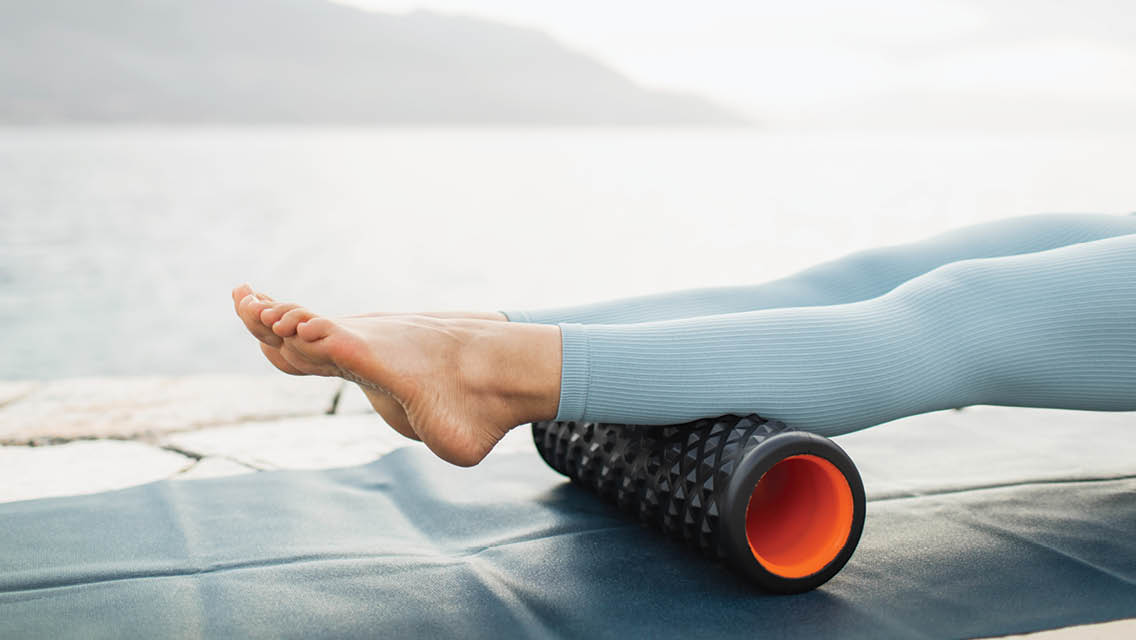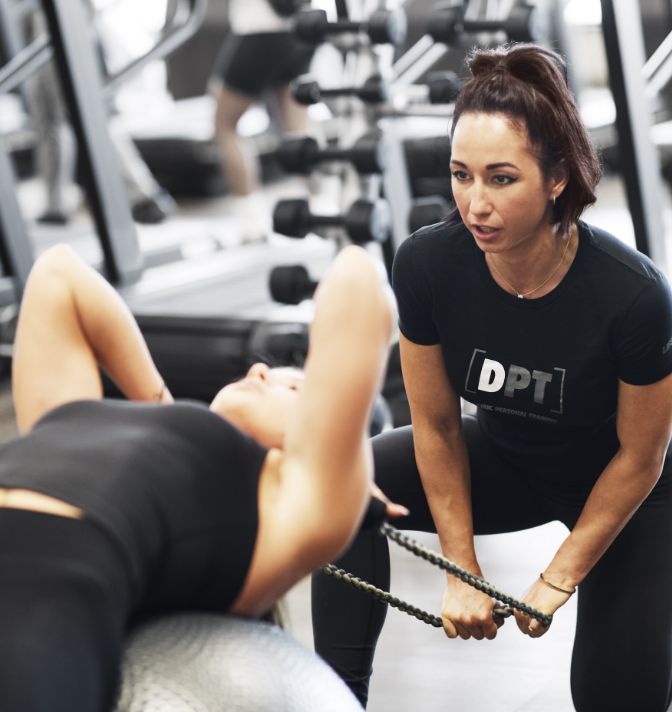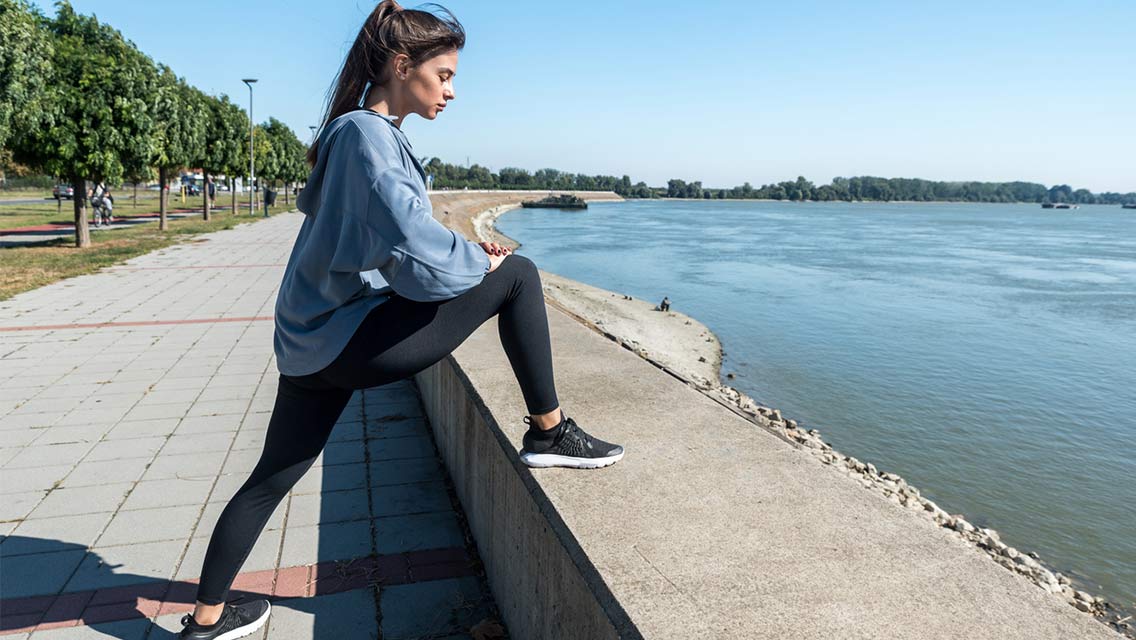|
Listen to this article:
|
This is one of the questions I’m asked most frequently, and no matter how many times I receive the query, I’m happy to repeat myself: No. Plainly, simply, no.
The delayed onset muscle soreness (DOMS) that you experience in the hours or days following a workout tells you nothing about the quality of a workout. Being sore doesn’t mean you exercised well — just as not being sore doesn’t mean you had a bad workout.
What does soreness tell you?
DOMS is a sign that you’ve damaged your muscles by doing something new or different.
Perhaps you’ve recently started a new workout regimen. Or you’ve changed a workout variable, such as volume, weight, intensity, or exercise selection. Either shift could explain the soreness you’re experiencing. Both novelty and progressive change have a place within any fitness routine.
There’s often a second part to the question of sore muscles: “Should I be worried?”
If you experience DOMS and you can identify the new or different element in your routine, then no, there is nothing to worry about. DOMS causes no permanent damage and, though it is uncomfortable, it won’t last forever.
Muscle soreness of this sort typically sets in within 24 hours of a workout, peaks 48 to 72 hours after a workout, and dissipates in a week or less. Such soreness will be short-lived, because your body recovers and adapts to new or changing stressors.
Still, it’s important to listen to your body’s pain signals and ask yourself if what you’re feeling is normal, temporary soreness.
DOMS differs from acute pain that arises during or immediately after a workout, which could signal an injury, such as a muscle pull or strain. It also differs from the muscle fatigue you feel during and immediately after a workout, which typically subsides quickly with rest.
And DOMS differs, too, from chronic soreness, which can be a sign that you’re mixing up the elements of your workouts too much, too often; working out too frequently without any active rest days; or skimping on other critical recovery efforts like sleep, nutrition, hydration, and stress management.
To determine what your soreness is trying to tell you, ask yourself these questions:
- Did I start a new workout routine or change some element of my existing routine?
- How long after working out did the soreness set in, and how long has it lasted?
- Has the soreness lasted for more than a week? If so, what does my recovery routine look like?
Now you might be wondering: If soreness isn’t a good measure of the quality of a workout, then what is?
Well, I’m glad you asked! Having a clear intention and setting measurable goals — for your training in general and before each workout — can be a great way to gauge the efficacy of your regimen in the moment and over time.
A personal example: My long-term strength-training goal is to build and maintain muscle mass. My goals for each workout are to practice good form, to stay alert to any modifications or exercise variations my body might need that day, and to be curious about ways that I can challenge myself.
I hope you notice that soreness doesn’t come into play as a goal.
All that said, sometimes I do get sore. And in some of those instances, I get the same rush that many exercisers experience: the feeling that this sensation of soreness is good and will get me closer to the “perfect” physique. “Pain is weakness leaving the body” — this myth is so conditioned in us. And even though I know better, I understand its appeal.
In these moments when I’m inspired to chase soreness, I double down on my recovery, make sure to stay consistent with the habits I know from experience are good for me, and remind myself that sensation is not activation. The sensations of pain, of soreness, of supreme discomfort are not the same as achieving a new level of fitness.
In other words, deal with the soreness if and when it comes — but whatever you do, don’t chase it.






This Post Has 2 Comments
That is a different approach to looking at soreness! Thank you.
Excellent post!! Much appreciated!